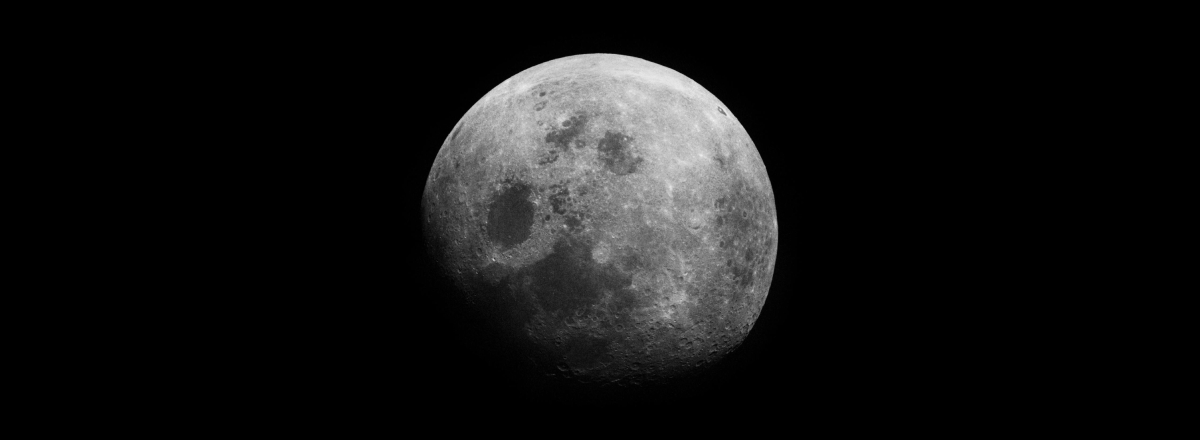Scientists Unveil the Mysterious Source of the Moon's Atmosphere
The findings indicate that impact vaporization from micrometeorites is the dominant process sustaining the Moon's atmosphere, accounting for about 70% of its formation.

New research has shed light on the origins of the Moon's elusive atmosphere, revealing that tiny micrometeorites are the primary contributors to the lunar exosphere, a thin layer of gases that has puzzled scientists for decades.
Despite being exposed to the vacuum of space, the Moon maintains a fragile atmosphere, known as an exosphere. The absence of a magnetic field like Earth's means that this atmosphere should have been stripped away by solar activity long ago. However, scientists have discovered that micrometeorites, minuscule particles no larger than dust, are constantly bombarding the Moon's surface, kicking up and vaporizing lunar dust, and releasing atoms into space.
Researchers from the Massachusetts Institute of Technology (MIT) and the University of Chicago conducted a detailed analysis using data from the Lunar Atmosphere and Dust Environment Explorer (LADEE), a NASA orbiter that operated between 2013 and 2014. They also examined samples of lunar soil collected during the Apollo missions, focusing on the elements potassium and rubidium, which are easily vaporized.
Their findings, published in Science Advances, indicate that impact vaporization from micrometeorites is the dominant process sustaining the Moon's atmosphere, accounting for about 70% of its formation. The remaining 30% is attributed to ion sputtering, a process where charged particles from the solar wind strike the lunar surface, ejecting atoms into space.
This discovery not only enhances our understanding of the Moon's atmosphere but also has implications for other celestial bodies. Similar processes could be at work on other moons and asteroids, and upcoming missions may reveal more about these phenomena.

